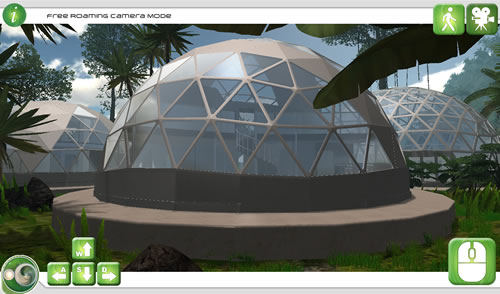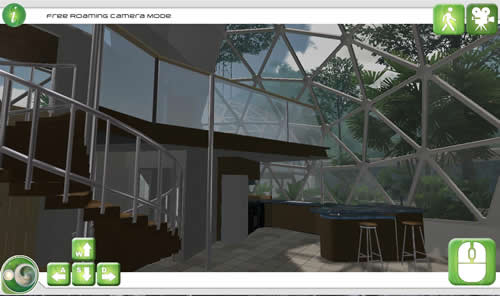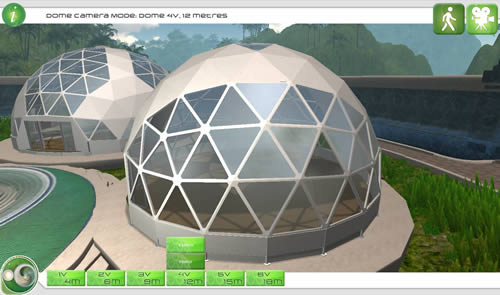- PO Box 989 Mullumbimby Contact us
- Call Us: +61 2 6684 3173
The Different Methods of Constructing Geodesic Domes
Geodesic domes are truly amazing structures that have endeared to the hearts of many. It is no surprise that many folks want to have them. You can opt to buy one from a company that sells them as SIPs (Structural Insulated Panels) or you can opt to make one for yourself. The former option is appealing because you get to specify what you want without going through the trouble, if any, in putting the structure up. The latter option is the natural choice for those who like building great things. We shall take a look at what geodesic dome construction entails and the different methods that can be used for the same.
The Design
Just as laying down a plan is the genesis of putting up a contemporary building, setting up the design is the beginning of constructing a geodesic dome. There are different designs that can be used for geodesic domes. This results in a multiplicity of geodesic dome types. The most basic design is that of an icosahedron with 20 faces that are equilateral triangles. These triangles can be further divided into smaller triangles. Other designs use different numbers of equilateral triangles, isosceles triangles or both. More triangles result in larger geodesic domes. Computer programs have often be used to come up with even more complex designs of geodesic domes.
The Struts
The struts refer to the series of rods that form the frame of a geodesic dome. Struts can be made of metal alloys or wood. The length of struts will depend on the type of geodesic dome. There are different types of geodesic domes as a result of the complexity of the network of triangular elements. As the complexity of triangular elements increase, the class number of the geodesic dome also increases. Geodesic domes with the lowest class number usually have struts with identical lengths. Those with higher class number require struts of different lengths to ensure the completion of an unbroken sphere. Fortunately, there are formulas which can be found online which help in the calculation of strut lengths and in the determination of the radii of geodesic domes.
The Materials
You can opt to cover the triangular panels with wood, drywall, plastic or concrete. The different materials also result in different types of geodesic domes. Steel is the most common material used in making the hubs that connect the network of struts together.
Putting The Pieces Together
Before putting all the pieces together, you need to ensure that certain things are in order. First of all, the struts should of appropriate lengths. Secondly, the ends of the struts should be flattened to ensure that they will be on the same plane once attached together. Lastly, these flattened ends should also be bent slightly. There is a formula for determining the exact bend. You can then set out to assemble the geodesic dome from bottom up. Once the framework is done, you can cover up the triangular elements using your material of choice from the ones mentioned earlier.
Putting up a geodesic dome is less daunting than it appears in black and white. It is one of those things that is easier done than said. However, if building things is not your cup of tea, you can always let companies that sell geodesic domes to do that for you.
Download the Sustainable Domes Walkthrough app now - just like our facebook page and look for the details.
15m Residential Dome

15m Residential Dome Internal

12m and 15m Residential Domes



